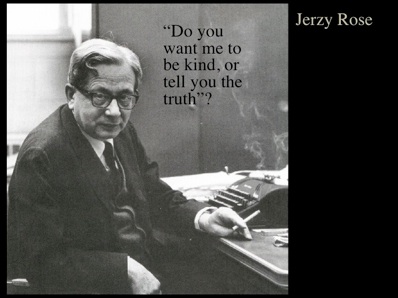The other part of this component, Rose and Woolsey, were both at the University of Wisconsin at the time. They had come from Johns Hopkins where they were part of the Bard laboratory with Mountcastle and so on, very famous laboratory. Woolsey was first seduced by the University of Wisconsin by promises of a big lab and everything like that, and a lot of freedom, and it was a good move for the University of Wisconsin because he was a National Academy of Science member, and Rose was also a National Academy of Science member later. Woolsey convinced Rose to come and join him. Rose was one of the outstanding anatomists at the time (he didn’t have many things to go on, but one thing you could do at the time is make a lesion in cortex and see where the cells died in the thalamus ) where they disappeared. So he was an expert on thalamo-cortical relationships, and between Rose and Woolsey they formulated the initial view of how auditory cortex is organized in cats, and that was guiding the research that Neff and Diamond at the University of Chicago were involved in, and the kind of lesions they did.


